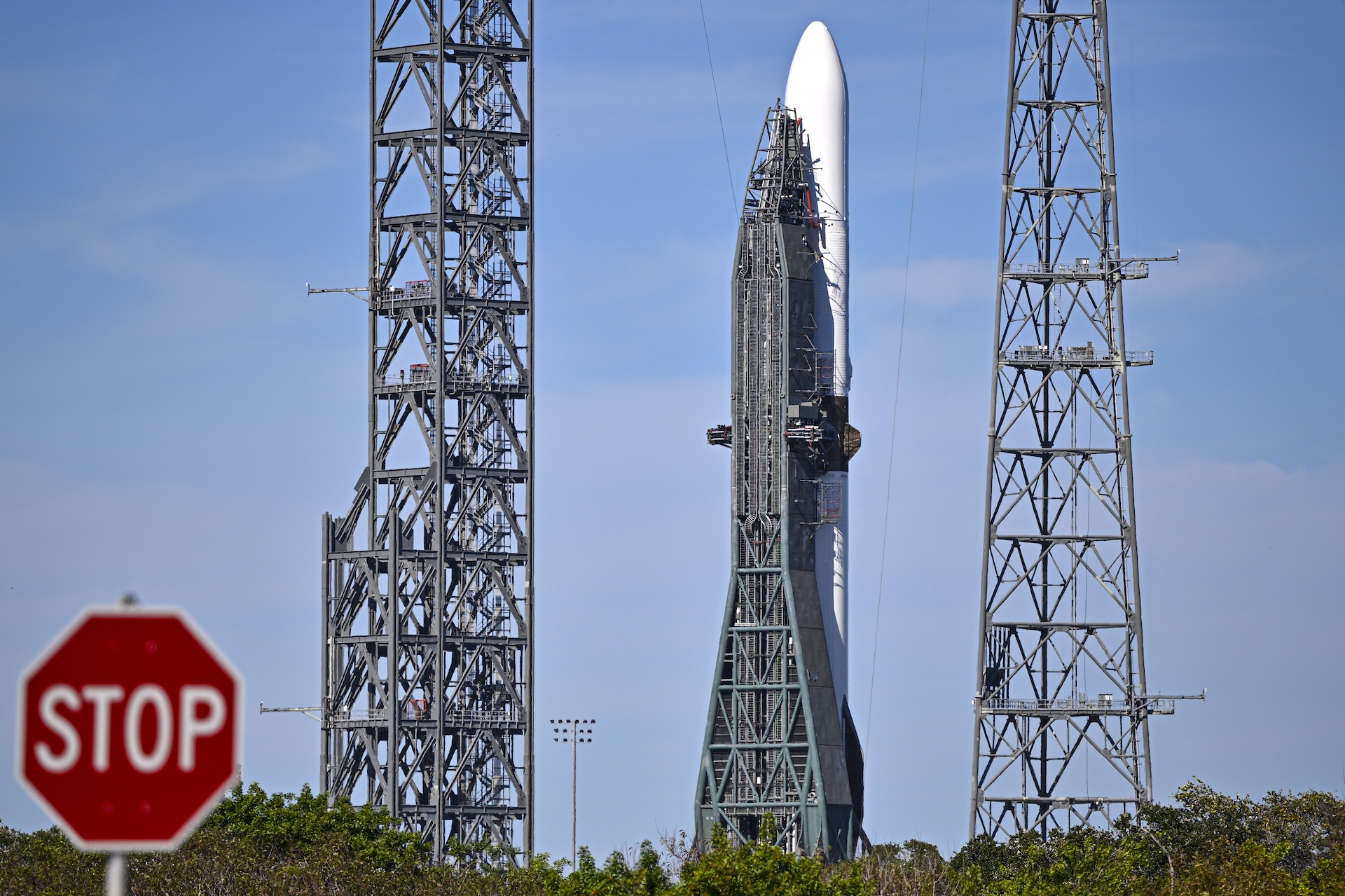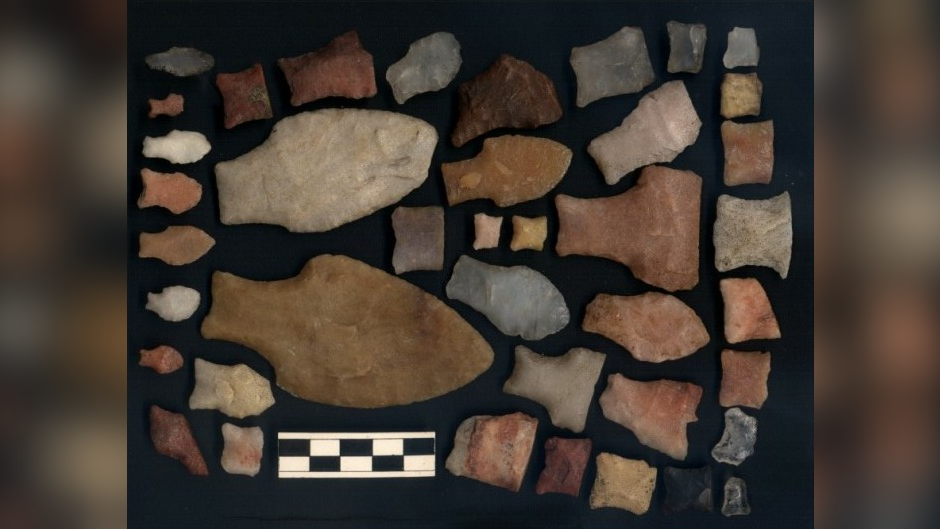Severe solar outbursts delay launch of historic Mars mission aboard Blue Origin's New Glenn rocket
Twin Mars spacecraft were due to launch on Blue Origin's New Glenn rocket on Nov. 12, but an active sun prompted NASA to delay its mission until some time in the future.

While people around the world are getting auroral treats from an active sun, the recent solar activity has caused disappointment for Mars-mission fans. Due to the adverse space weather, they will now have to wait to see two Red Planet-bound spacecraft launch aboard a Blue Origin rocket.
NASA's twin ESCAPADE spacecraft were supposed to fly to Mars as soon as this afternoon (Nov. 12), but strong solar activity means the mission will have to wait until an indeterminate date, Blue Origin officials said in a post on the social platform X. The mission has already been delayed several times from an expected October 2024 liftoff date due to technical and scheduling issues, and a recent launch attempt on Nov. 9 was stood down due to the weather on Earth.
"Due to highly elevated solar activity and its potential effects on the ESCAPADE spacecraft, NASA is postponing launch until space weather conditions improve," Blue Origin officials wrote. "We are currently assessing opportunities to establish our next launch window based on forecasted space weather and range availability."
ESCAPADE — short for Escape and Plasma Acceleration and Dynamics Explorers — is a mission managed by NASA that uses two spacecraft built by California-based aerospace company Rocket Lab. The spacecraft will fly aboard the 321-foot-tall (98 meters) Blue Origin's New Glenn rocket, which is designed for orbital and interplanetary missions like this Mars effort.
Ironically, ESCAPADE is designed to study the very same space weather that is delaying it. The sun has an 11-year cycle of solar activity and is at the peak in 2025. As the sun releases large, fast-moving clouds of plasma known as coronal mass ejections, this electrically charged material triggers auroras when the particles interact with Earth's magnetic field lines and atmosphere. Severe solar storms can also affect satellites and power lines, which is why NASA and other groups are eager to keep an eye on the sky.
ESCAPADE will examine how this space weather as well as solar wind — the constant stream of charged particles the sun sends through the solar system — previously stripped Mars of the thicker atmosphere the Red Planet had in its ancient past. Scientists believe that as the atmosphere thinned, flowing water on the surface dried up, leaving Mars as a largely desert world aside from ice at the poles and suspected reserves of water underground.
The nearly $80 million ESCAPADE isn't the only payload aboard New Glenn. Within the rocket's second stage is a telemetry communications experiment for Viasat flying on behalf of NASA's Communications Services Project, Blue Origin officials said in a report from Live Science’s sister website Space.com.
Get the world’s most fascinating discoveries delivered straight to your inbox.
New Glenn has only been used in one mission so far — during the NG-1 mission in January. Its first stage is designed to land on a barge in the ocean so it can be reused. However, during the January mission, it failed to land on its barge and was lost.
Blue Origin also eventually plans to use New Glenn for moon exploration, bringing both humans and scientific equipment to the lunar surface aboard its yet-to-be flown Blue Moon lander.
Rival aerospace company SpaceX is, for now, tasked with the first human landing of NASA's Artemis moon program, which may happen aboard the company’s Starship as soon as 2027. But delays in Starship's development recently prompted acting NASA administrator Sean Duffy to suggest he may reopen the Artemis 3 contract to Blue Origin and other companies.

Elizabeth Howell was staff reporter at Space.com between 2022 and 2024 and a regular contributor to Live Science and Space.com between 2012 and 2022. Elizabeth's reporting includes multiple exclusives with the White House, speaking several times with the International Space Station, witnessing five human spaceflight launches on two continents, flying parabolic, working inside a spacesuit, and participating in a simulated Mars mission. Her latest book, "Why Am I Taller?" (ECW Press, 2022) is co-written with astronaut Dave Williams.
You must confirm your public display name before commenting
Please logout and then login again, you will then be prompted to enter your display name.
